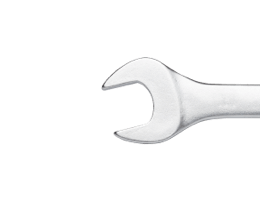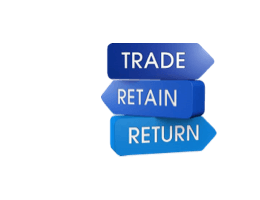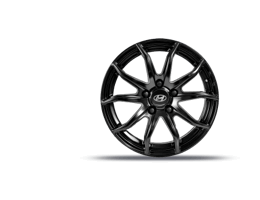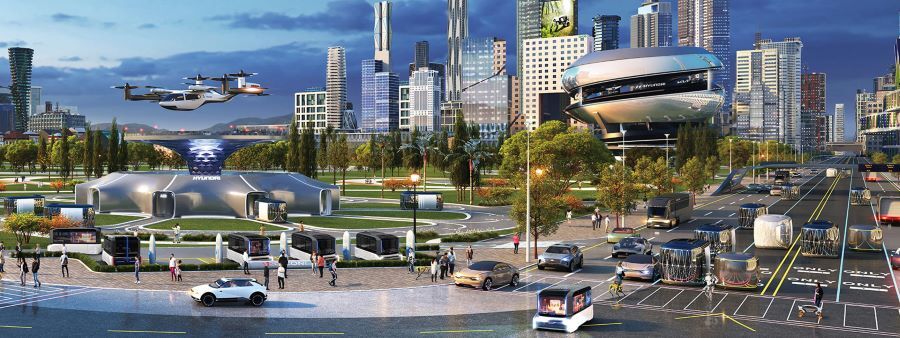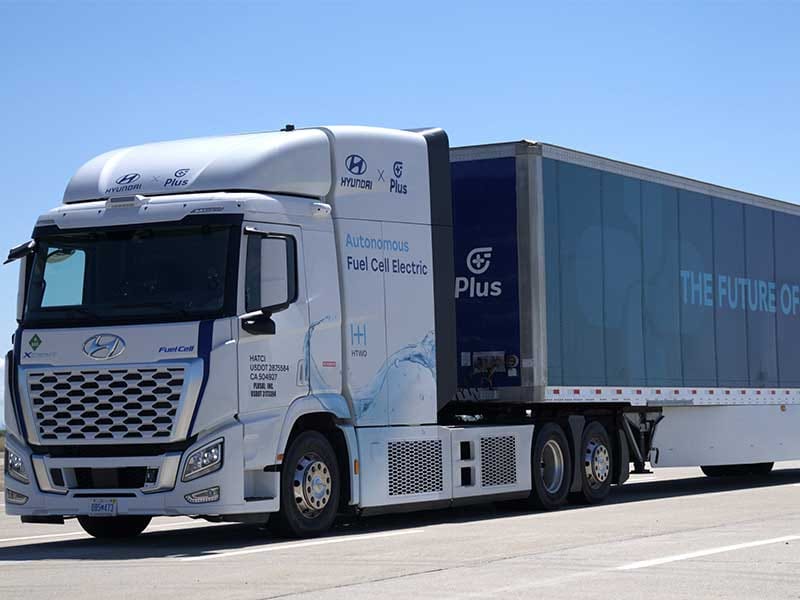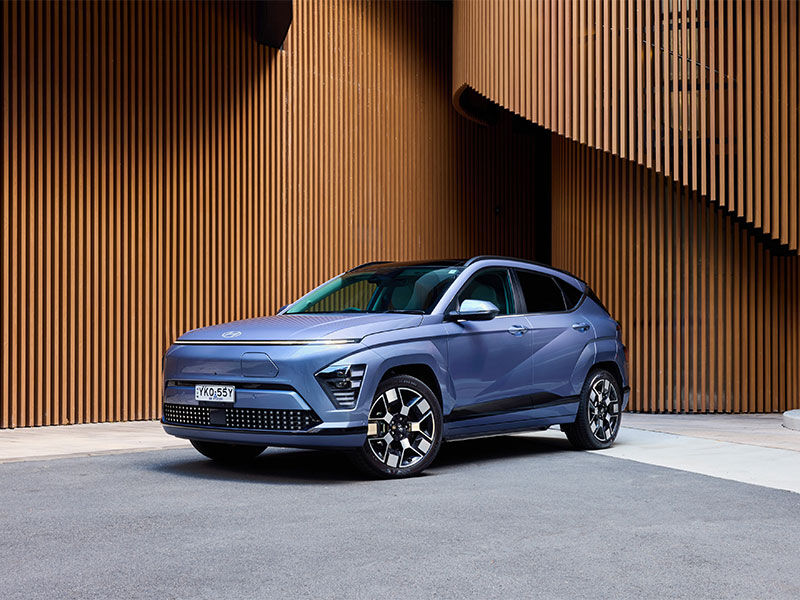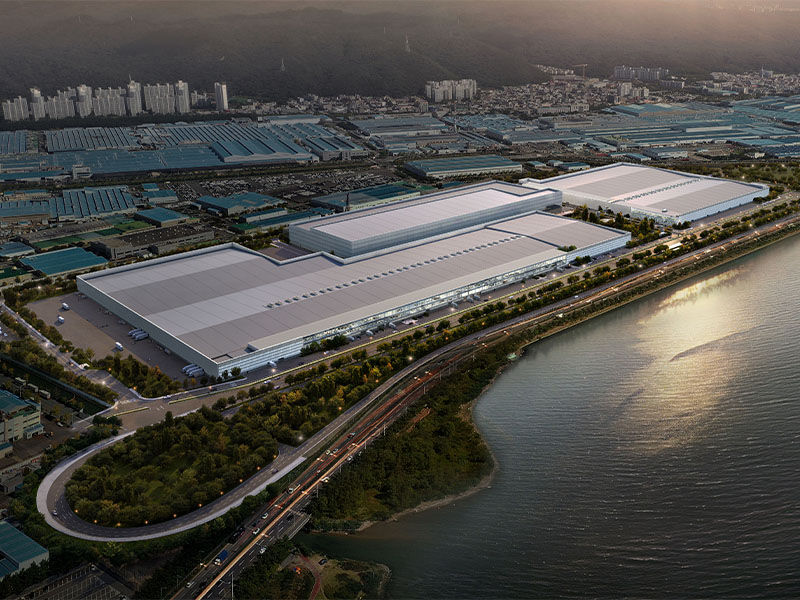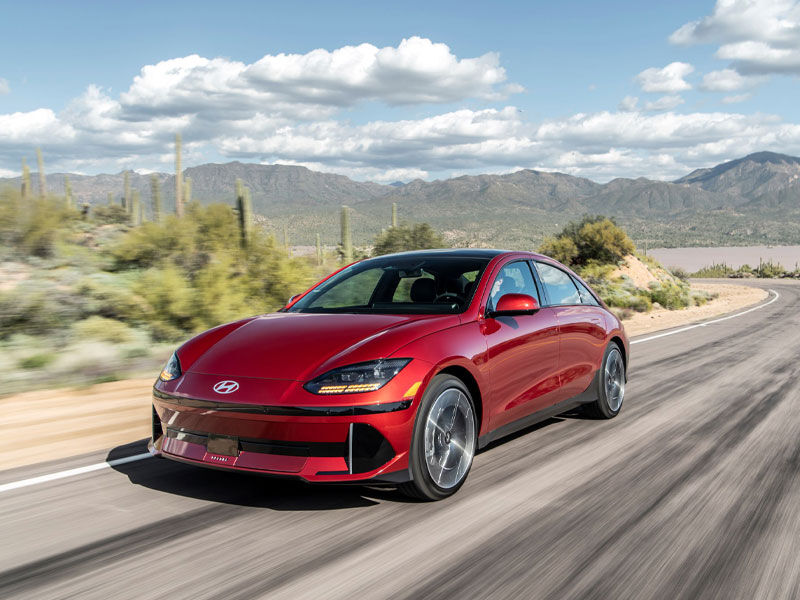Hyundai pushing the limits of future mobility.
At Hyundai, our ambition is to take the lead in providing transformative global mobility solutions that change the way we move.
We wish to transform the customer experience and deliver an unprecedented era of mobility that enables people to live more innovative lifestyle and achieve their objectives more efficiently by breaking the limits of time and space.
By combining developments in both hardware and software, we believe we can define many new forms of global mobility all powered by zero emission technology, be it battery electric or hydrogen fuel cell powertrains.
With a range of ground-breaking products being deployed as we speak or set for future release, we look at the technology that Hyundai believes will shape our mobility future and provide greater levels of freedom of movement than ever before.
Taking to the skies with advanced air mobility
Hyundai envisages a world where flying freely through the city skies becomes commonplace and transferring to an eco-friendly autonomous vehicle to reach our destination is the norm.
To realise our vision to transform the skies, we are leading the way in developing safe and convenient ‘Advanced Air Mobility’ (AAM) for both urban and regional uses.
We established a department dedicated to air mobility in 2019 to realise the ‘Democratisation of Flight’. The department is focused on creating a product roadmap and securing core technologies such as aircraft design, flight control software and safety technology.
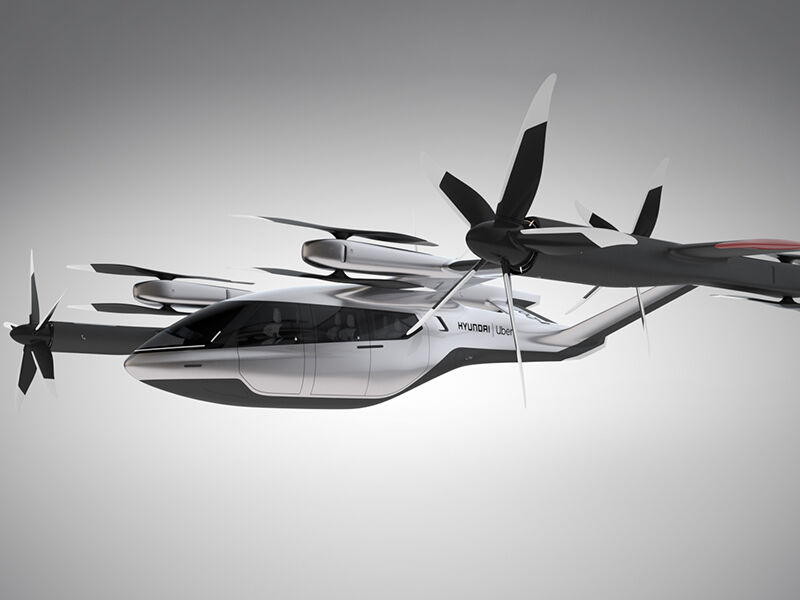
The Hyundai S-A1 electric aerial ridesharing concept
In 2020, we unveiled our ‘S-A1’concept model with Uber; our first vision of the UAM business. With a total of eight rotors, it has a 15-metre-long wing and a 10.7-metre-long body, enabling vertical take-off and landing without a runway.
A total of five people, including a pilot, can fly trips up to about 100km. It is designed for a cruising speed up to 290km/h, and the high-speed battery charging only takes about 5 minutes while passengers get in and out of the vehicle.
We are aiming to begin commercial air mobility services in the US in 2028 which we believe will mark the advent of an exciting new chapter in sustainable aviation and the movement of people.
Hydrogen trams – The future backbone of zero emission cities
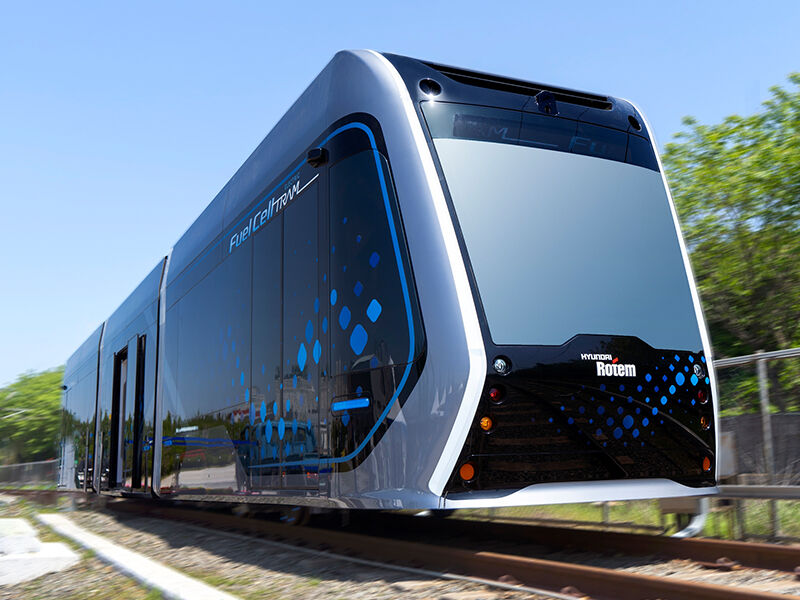
Hyundai Rotem’s hydrogen fuel cell tram
Hyundai Rotem, a rail focused company within the Hyundai Motor Group, is developing hydrogen trams for eco-friendly transport in complex cities.
Hydrogen trams move using electric energy generated by a hydrogen fuel cell. The fuel cell produces electricity directly through an electrochemical reaction between hydrogen and oxygen.
Hydrogen trams can be easily integrated into an existing tram line operating side by side with legacy system powered trams and require only minimal electrical infrastructure with no overhead cables. They can therefore save electricity infrastructure construction and maintenance costs.
Hydrogen trams only emit water while traveling more than 200km on single charge making them suitable for long distance or frequent service routes.
With trials currently underway in Korea, Hyundai Rotem’s hydrogen tram will be commercialised from 2024 and ready for demonstrations in new cities worldwide, including potentially Australia.
Hyundai Rotem is currently discussing the opportunity for trials with Australian state governments, so watch this space.
Sailing the seas in hydrogen powered ships
From land to sea, Hyundai is also applying our fuel cell technology to the marine sector to usher in a new era of eco-friendly vessels.
As the biggest shipbuilder in the world, we manufacture supertankers, medium-sized bulk carriers, container ships, and gas tankers just to name a few.
We are integrating fuel cells into marine vessel propulsion systems and identifying and evaluating business opportunities for fuel cell-propelled ships.
Hydrogen fuel cell propulsion systems for small-sized vessels are scheduled to launch soon, with plans for mid- to large-sized models to follow.
Ultimately, it’s our aim to position Hyundai as a leader in the global eco-friendly vessel industry and we believe that fuel cells are the key to unlocking this exciting opportunity for zero emission shipping.
Green and autonomous purpose-built vehicles
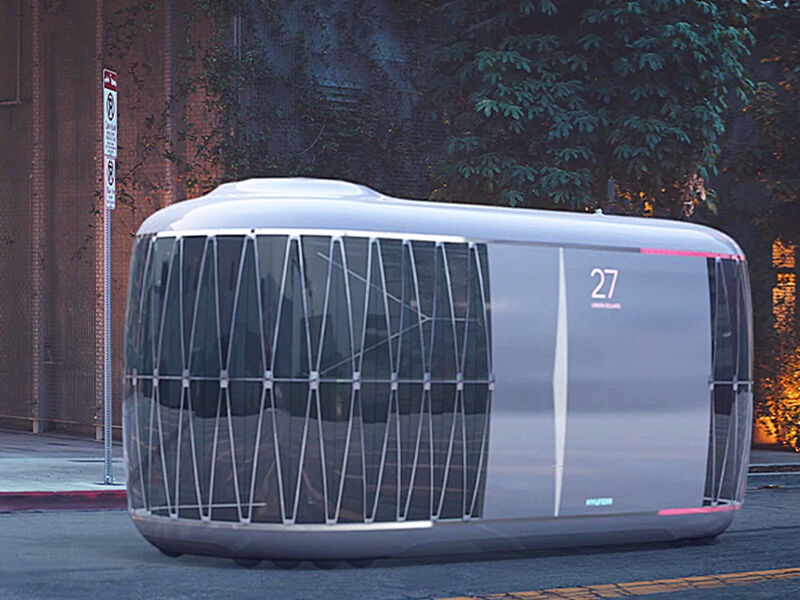
A Hyundai Purpose Built Vehicle which can be it can be used for public transport, clinic, cafe, living space or freight transfer
While our AAM service will take to the skies, Purpose Built Vehicles (PBV) are set to move people cleanly and autonomously on the ground.
PBV are a new urban mobility solution designed by Hyundai to support future lifestyles. The fully autonomous driving function will enable a range of uses from a personalised living space to public shuttle and will bring innovative changes to the transport and logistics industries based on AI optimal routing or platooning.
Hyundai’s PBV is highly customisable taking the shape of a skateboard and changing into various shapes and functions depending on the purpose. It uses 16 electric hardware ball type wheels which power the wheels directly and efficiently.
The global PBV market is estimated to grow by an average 33% per year to 1.3 million units by 2025. Hyundai is currently working towards developing a PBV manufacturing ecosystem which will form part of the future mobility blueprint the company envisages.
Driverless electric taxis – welcome to the future
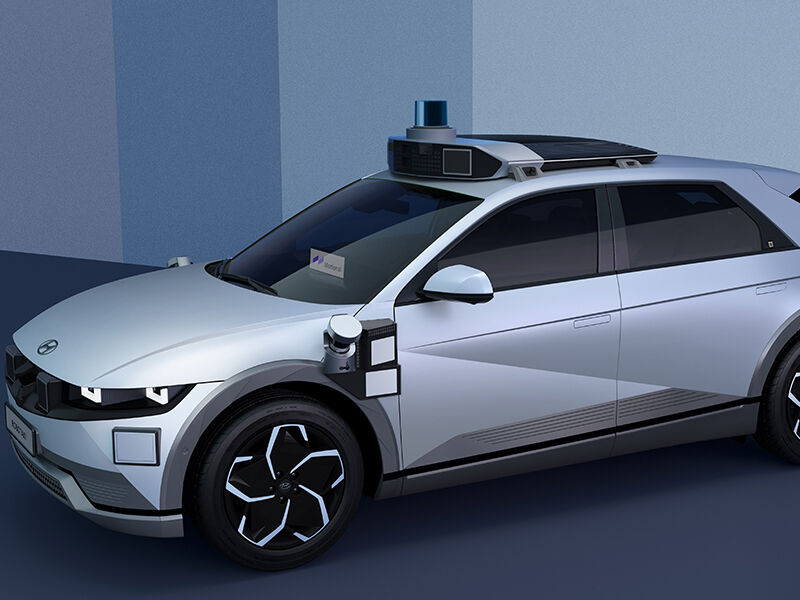
The Hyundai IONIQ 5 Robotaxi which is being used in a fully driverless public ride-hail service
Lastly, a product that is equally futuristic, but is in fact active today – self-driving robotaxis.
As connected vehicle technology progresses at a rapid pace, autonomous robotaxis are being rolled out in cities around the world.
Hyundai and our joint venture partner Motional, a global leader in driverless technology, unveiled the self-driving IONIQ 5-based robotaxi in 2021. A SAE Level 4autonomous vehicle, the car can safely operate without a driver while transporting passengers to their destination.
Trained to be aware of its surroundings, it can handle challenging situations just like a careful and considerate human driver such as braking for cyclists in a rush, respecting other motorists and making way for emergency vehicles.
In August, the IONIQ 5 robotaxi service was officially launched for public use in Las Vegas. Today, passengers on the Lyft network can catch an IONIQ 5 autonomous vehicle when traveling between popular locations on the Las Vegas strip.
Hyundai has also launched the service in Seoul, South Korea.
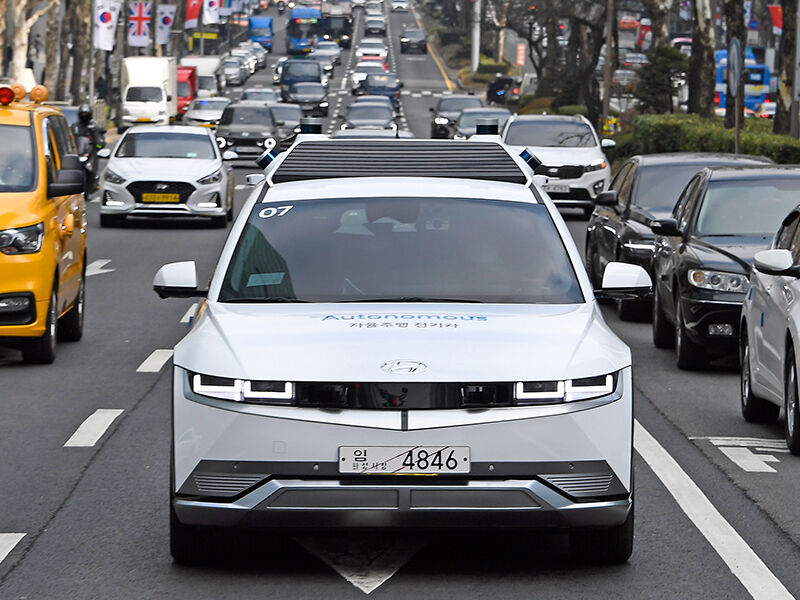
The IONIQ 5 robotaxi on the busy roads of metropolitan Seoul, South Korea
Hyundai has set the commercialisation of robotaxis as a new business goal as part of our objective to enable more people to move freely, anywhere, and anytime.
Collectively, these technologies are setting the tone for a future mobility lifestyle based on connectivity, seamlessness movement and customer experience innovation.
The examples presented above are set to enrich our lives and create a better future for all and we look forward to unveiling more exciting innovations as we position ourselves as the leading smart mobility solution provider.
